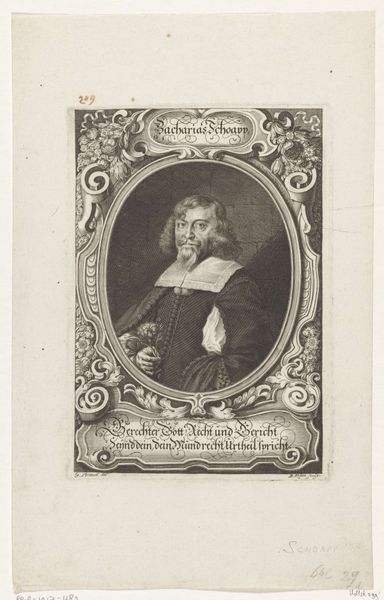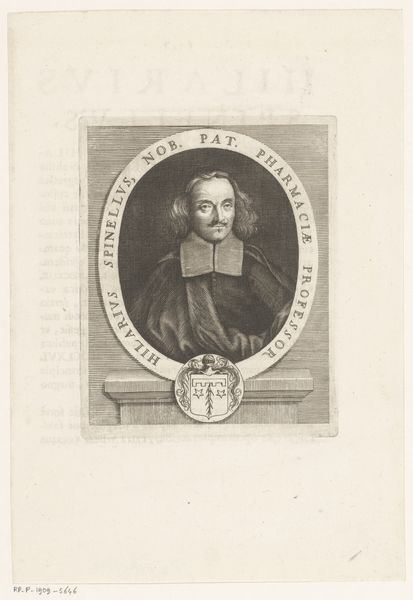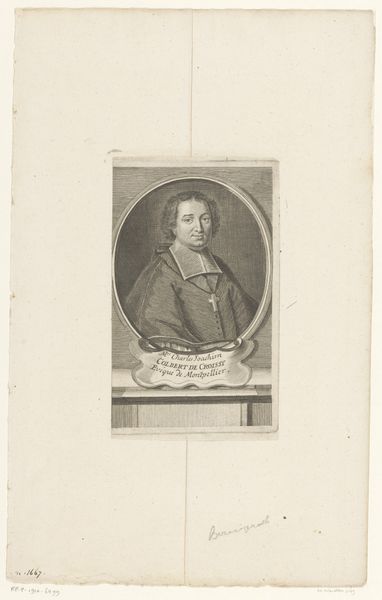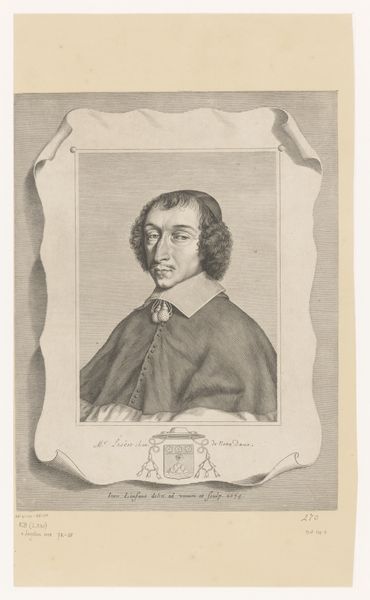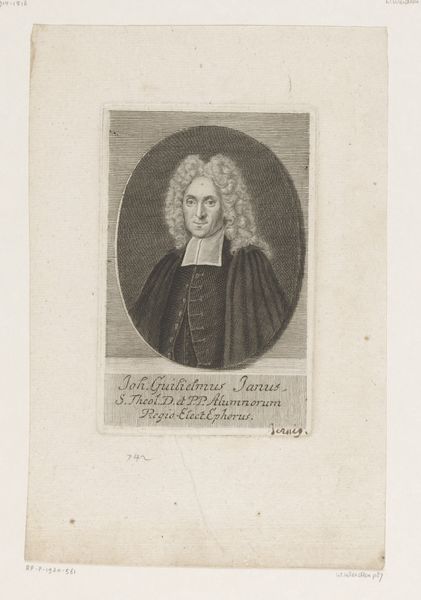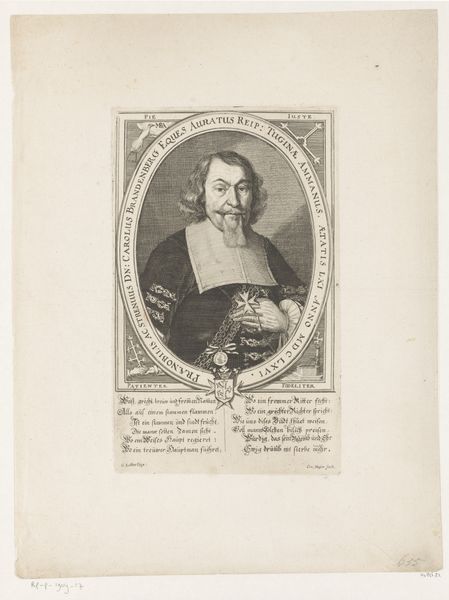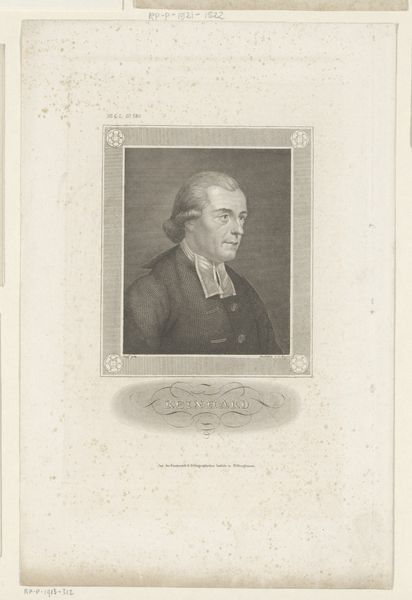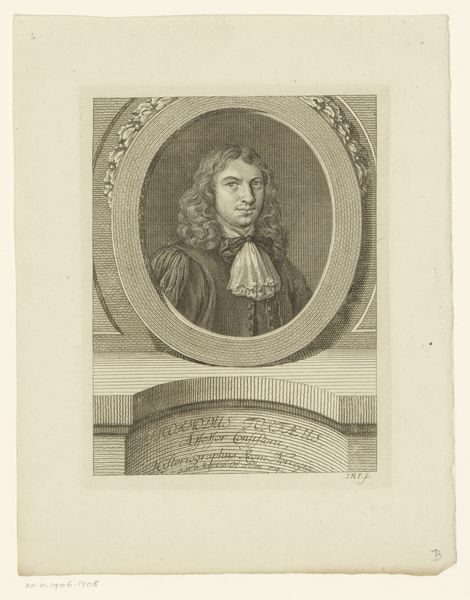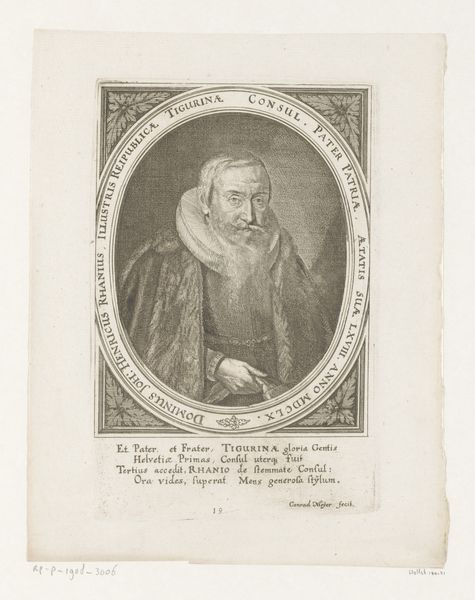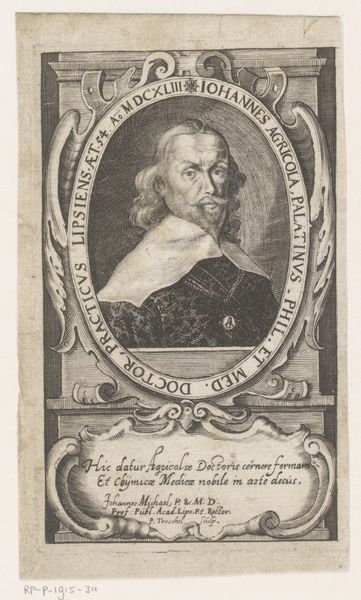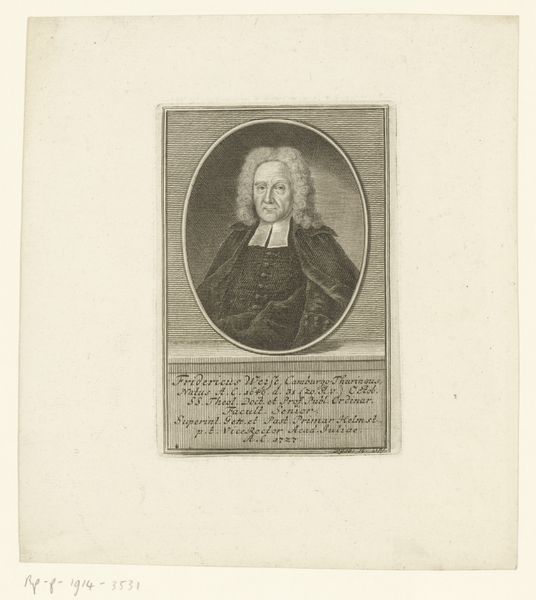
print, etching, engraving
#
portrait
#
baroque
# print
#
etching
#
old engraving style
#
engraving
Dimensions: height 332 mm, width 231 mm
Copyright: Rijks Museum: Open Domain
Michel Lasne created this print of Clément Métezeau in the 17th century using engraving. The image is made up of lines cut into a metal plate, which then holds ink to transfer the image to paper. The lines are incredibly precise and delicate, describing not only Métezeau's features, but also the textures of his clothing and hair. You can almost feel the weight of his robe, the softness of his collar. The technique creates an image that is reproducible, and therefore, democratic. Consider the labor involved. The engraver needed skill, not just to render an accurate portrait, but also to control the burin, the tool used to cut the lines. There is a social context too. Printmaking was a key technology for disseminating information and images, shaping public opinion and fostering a sense of shared identity. This print serves not only as a likeness, but also an emblem of status and accomplishment. By appreciating how this print was made, we can move beyond seeing it as just a picture. It’s a confluence of technical skill, material understanding, and social context.
Comments
No comments
Be the first to comment and join the conversation on the ultimate creative platform.
